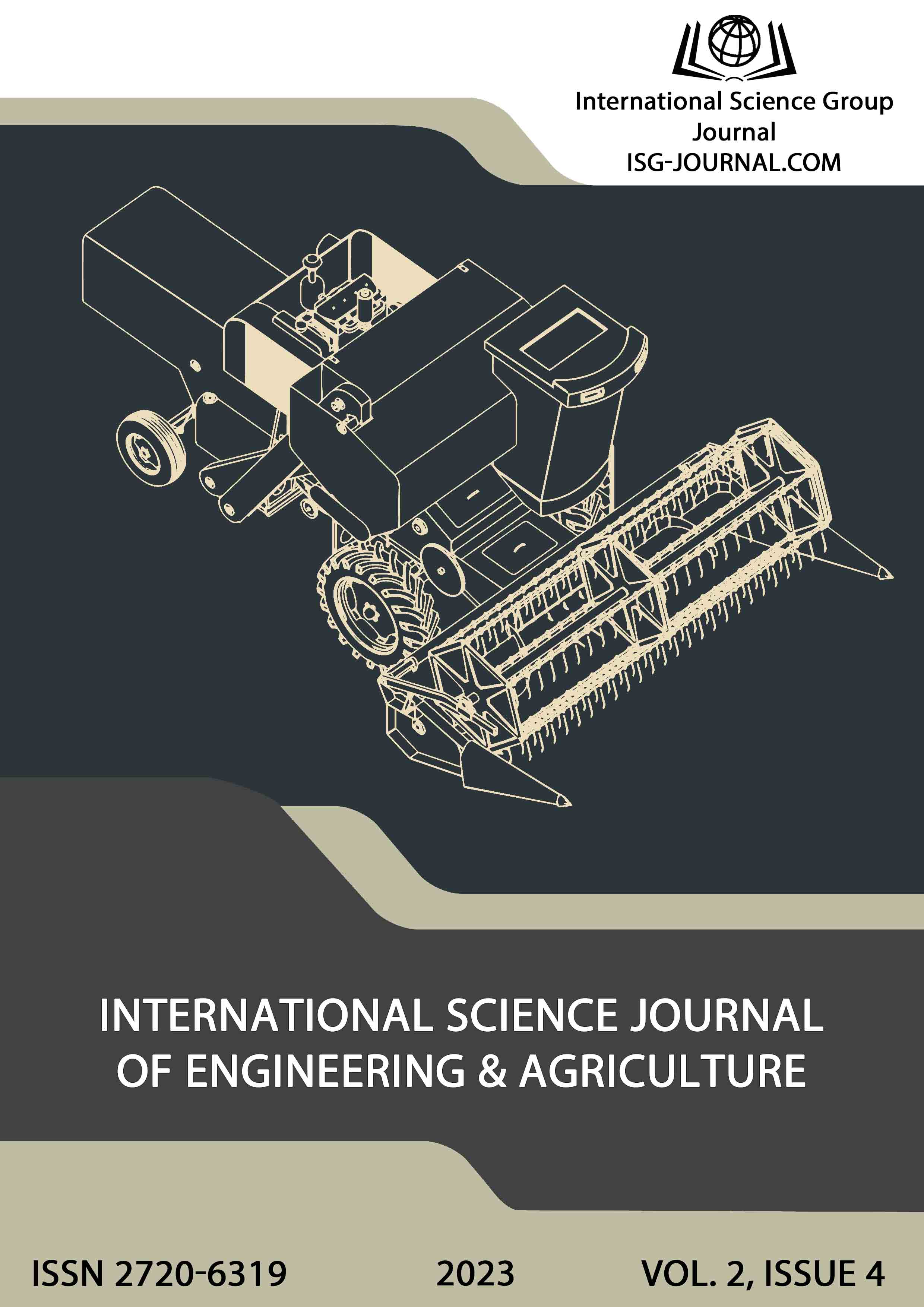The peculiarity of using linear electric motors and methods of calculating parameters
DOI:
https://doi.org/10.46299/j.isjea.20230204.07Keywords:
Electric drive system, linear motor, structure, direct drive, magnetic field, current loadAbstract
One of the main scientific and research directions for the development of more advanced drive elements is the use of electric machines of linear movement. The relevance of this direction is due to the variety of tasks for electric drive systems and kinematic chains, which leads to unnecessarily complex and bulky designs. The absence of a converter and the type of movement allows the electric drive with linear electric motors to successfully compete with other types of drives in a number of areas of technology (automation, instrumentation, robotics, medical technology, etc.). One of the promising tasks is the translational movement of the working body of the mechanism, where a linear electric motor is used. Based on the analysis of the use of linear motors in electromechanical structures, the expediency of their wide use has been proven. The structural features of this type of engine are analyzed and the methods of calculating the main parameters are given.
References
Теряев В.И., Островерхов М.О. (2010). Частотне керування лінійним асинхроннім двигуном Вісник КДУ імені Михайла Остроградського. Випуск 3/2010 (62). Частина 1 Електромеханічн системи та автоматизація. С 45-47
Попович М.Г., Лозинський О.Ю. (2005) Електромеханічні системи автоматичного керування та електроприводи – Київ : «Либідь», 680 с.
https://raco.de/en/compact-dc-electric-actuators/type/k6n4-dc-148523-516
Теряєв В.І., Островерхов М.О. (2011). Алгоритм скалярного керування лінійним асинхронним двигуном із компенсацією впливу кінцевих ефектів. Електротехнічні та комп'ютерні системи. Науково-технічний журнал. 32 – 34.
В.В. Чумак, .А. Коваленко, І.В. Ткачук (2019). Математичне моделювання лінійного двигуна для сепаратора лому кольорових металів. Енергетика: економіка, технології, екологія. № 2. Національний технічний університет України «Київський політехнічний інститут імені Ігоря Сікорського», 99-108.
Yuichiro Nozaki, Terufumi Yamaguchi, Takafumi Koseki (2015) Equivalent Circuit Model of Linear Induction Motor with Parameters Depending on Secondary Speed for Urban Transportation System, , The University of Tokyo, 7-3-1 Hongo Bunkyo-ku, Tokyo, 113-8656, Japan.
G. Kang, K. Nam (2005) Field-oriented control scheme for linear induction motor with end effect. IEE proceedings – Electric power applications, Vol.152, №6.
FANG You-tong, FAN Cheng-zhi (2007) Single neuron network PI control of high reliability linear induction motor for Maglev. Journal of Zhejiang University SCIENCE A, 8(3), 408-411.
https://what.com.ua/liniinii-generator-pristrii/
Karii M. O., Pavliuchenko V. L., Zhuikov V. Y., Verbytskyi Y. V., Yamnenko Y. S. (2018). Elektropryvid z ventylno-induktornym elektrodvyhunom [Electric drive with switched-reluctance motor], Patent UA 127633 U.
Щерба А.А., Супруновская Н.И., Розискулов С.С., Белецкий О.А. (2014) Метод регулирования и стабилизации динамических параметров разрядных токов накопительных конденсаторов. Праці Інституту електродинаміки НАН України. Київ. Вип. 38. 145–155.
Шавьолкін О.О. (2015). Силові напівпровідникові перетворювачі енергії: навч. Посібник. Харків. нац. ун-т. міськ. госп-ва ім. О. М. Бекетова. 403.
Бондар Р.П. (2019). Дослідження характеристик магнітоелектричного лінійного вібраційного двигуна при роботі на пружно-в'язке навантаження. Електротехніка і електромеханіка. № 1. 9-16.
Р.П.Бондар, Г.М.Голенков, О.Ю.Литвин, О.Д.Подольцев (2013) Моделювання енергетичних характеристик вібратора з лінійним електчним приводом. Електромеханічні і енергозберігаючі системи. Кременчук №2. 66-74.
В.Ф. Новіков, С.В. Бурилов, В.Е. Воскобойник, В.О. Дзензерський (2016). Математична модель силової установки для високошвидкісного транспортного засобу. Вісник Академії митної служби України. Дніпропетровськ. №2. 53-59.
Downloads
Published
How to Cite
Issue
Section
License
Copyright (c) 2023 Тетяна Павлівна Павленко, Надія Ярославівна Габльовська, Юрій Анатолійович Кубієвич

This work is licensed under a Creative Commons Attribution 4.0 International License.






